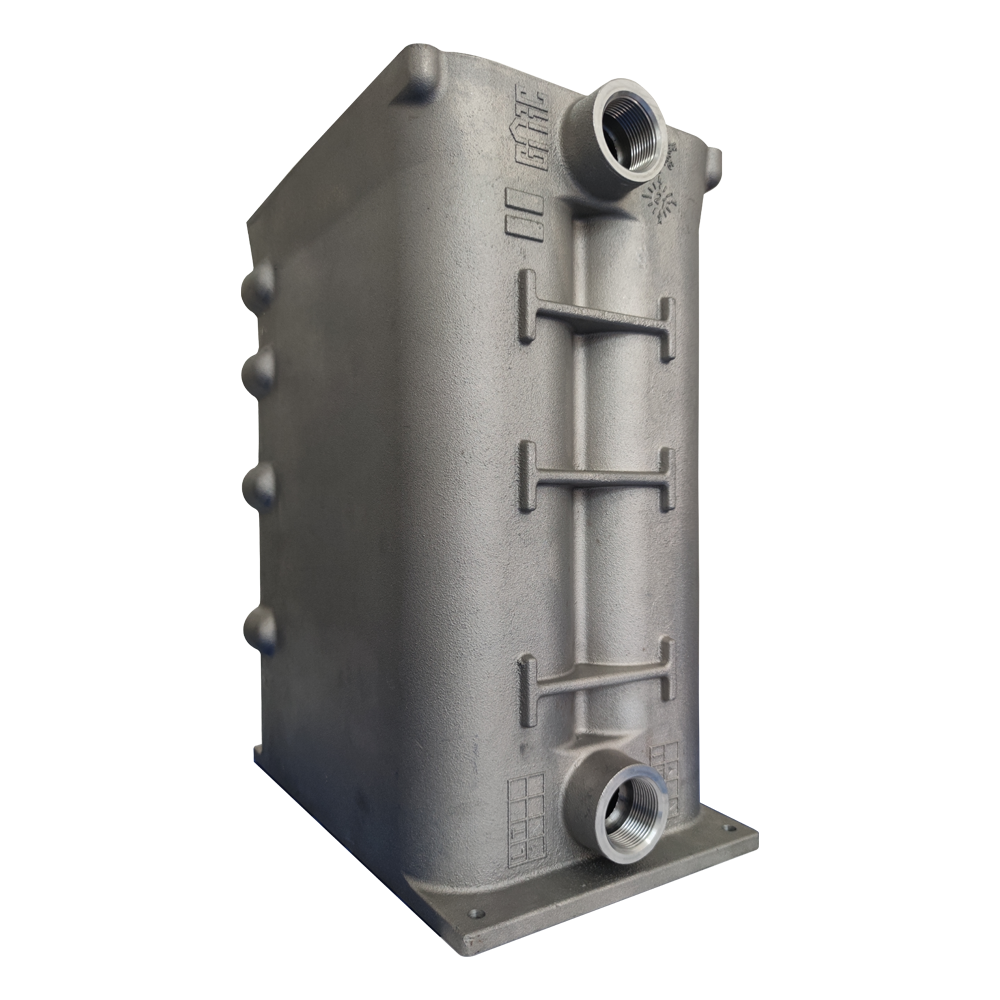- Afrikaans
- Albanian
- Amharic
- Arabic
- Armenian
- Azerbaijani
- Basque
- Belarusian
- Bengali
- Bosnian
- Bulgarian
- Catalan
- Cebuano
- China
- China (Taiwan)
- Corsican
- Croatian
- Czech
- Danish
- Dutch
- English
- Esperanto
- Estonian
- Finnish
- French
- Frisian
- Galician
- Georgian
- German
- Greek
- Gujarati
- Haitian Creole
- hausa
- hawaiian
- Hebrew
- Hindi
- Miao
- Hungarian
- Icelandic
- igbo
- Indonesian
- irish
- Italian
- Japanese
- Javanese
- Kannada
- kazakh
- Khmer
- Rwandese
- Korean
- Kurdish
- Kyrgyz
- Lao
- Latin
- Latvian
- Lithuanian
- Luxembourgish
- Macedonian
- Malgashi
- Malay
- Malayalam
- Maltese
- Maori
- Marathi
- Mongolian
- Myanmar
- Nepali
- Norwegian
- Norwegian
- Occitan
- Pashto
- Persian
- Polish
- Portuguese
- Punjabi
- Romanian
- Russian
- Samoan
- Scottish Gaelic
- Serbian
- Sesotho
- Shona
- Sindhi
- Sinhala
- Slovak
- Slovenian
- Somali
- Spanish
- Sundanese
- Swahili
- Swedish
- Tagalog
- Tajik
- Tamil
- Tatar
- Telugu
- Thai
- Turkish
- Turkmen
- Ukrainian
- Urdu
- Uighur
- Uzbek
- Vietnamese
- Welsh
- Bantu
- Yiddish
- Yoruba
- Zulu
Rgs . 11, 2024 14:26 Back to list
Efficient Water Heat Exchanger Solutions | Optimize Your Energy Usage
Understanding Water Heat Exchangers A Vital Component in Thermal Management
Water heat exchangers play a crucial role in various industrial processes, ensuring efficient thermal management across numerous applications. These devices facilitate the transfer of heat between two or more fluids, typically involving water, which is renowned for its excellent thermal properties. This article delves into the workings, types, and significance of water heat exchangers in contemporary systems.
At the core of the water heat exchanger's function is the principle of thermal conduction, where heat energy flows from a hotter medium to a cooler one. In most systems, water is utilized as the heat transfer fluid because of its high specific heat capacity, availability, and cost-effectiveness. It can absorb and release significant amounts of heat, making it ideal for heating and cooling purposes.
There are several types of water heat exchangers, each suited for specific applications. Among the most common are shell-and-tube heat exchangers, plate heat exchangers, and finned tube heat exchangers. Shell-and-tube heat exchangers consist of a series of tubes, one set carrying the hot fluid and the other the cold fluid. The heat transfer occurs through the tube walls, allowing for efficient heat exchange. Plate heat exchangers, on the other hand, utilize thin plates stacked together, providing an extensive surface area for heat transfer in a compact design. This type is particularly favored for its efficiency and ease of maintenance. Finned tube heat exchangers incorporate fins on the tubes to increase the surface area, enhancing heat transfer efficiency, especially in applications involving gases or low-flow fluids.
water heat exchanger

The applications of water heat exchangers are diverse, spanning HVAC systems, power generation, chemical processing, and food production, among others. In residential and commercial heating systems, for instance, they are used in boilers and chillers to regulate indoor temperatures. In the power generation sector, they play a pivotal role in cooling turbine condensers, ensuring optimal performance and protecting equipment from overheating.
In the realm of sustainability, water heat exchangers contribute significantly to energy efficiency. By recovering waste heat from industrial processes and utilizing it for heating needs or generating electricity, these systems help minimize overall energy consumption. This aligns with global efforts to reduce carbon emissions and promote environmentally friendly practices.
Moreover, maintaining the efficiency of water heat exchangers is essential for the longevity and performance of the systems they serve. Regular inspections and cleaning are necessary to prevent scale buildup, corrosion, and fouling, which can hinder heat transfer and lead to increased operational costs.
In conclusion, water heat exchangers are indispensable tools in thermal management, offering efficient heat transfer solutions across multiple industries. Understanding their types, functions, and maintenance needs can enhance their performance and contribute to energy sustainability. As technology advances, the continual improvement of heat exchange systems will play a pivotal role in meeting the global demand for efficient energy use in the face of environmental challenges.
-
8mm Thin-Walled Cast Steel Manhole Cover Pallet Bottom Ring | Durable
NewsAug.04,2025
-
Premium Cast Iron Water Main Pipe: Durable, Corrosion-Resistant
NewsAug.03,2025
-
Durable Cast Iron Water Mains | AI-Optimized Systems
NewsAug.02,2025
-
High-Efficiency Propane Boiler for Baseboard Heat | Save Energy
NewsAug.01,2025
-
Premium Source Suppliers for Various Gray Iron Castings
NewsJul.31,2025
-
Durable Cast Iron Water Main Pipes | Long-Lasting
NewsJul.31,2025


